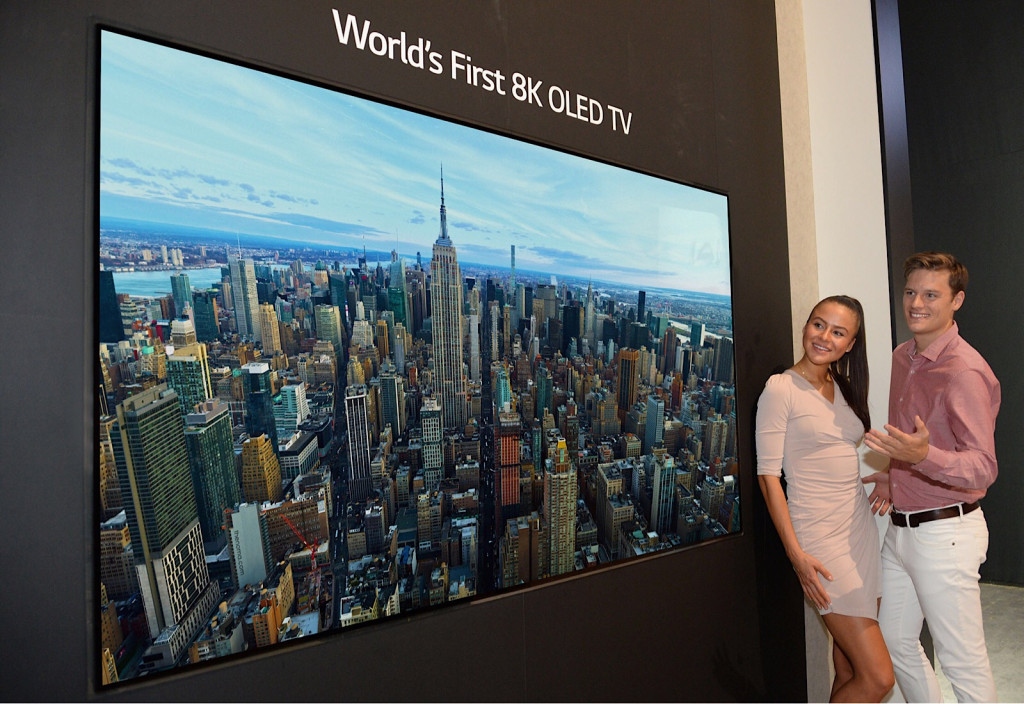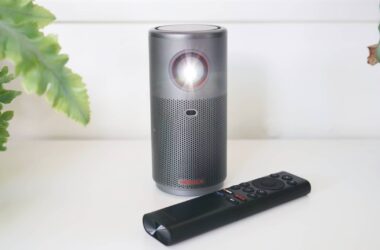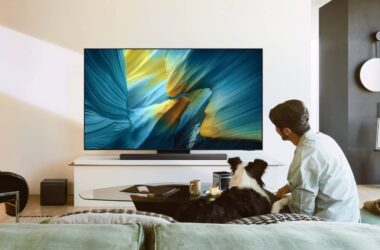You’ve been sold 4K as “Ultra HD” for a few years now, so what is this 8K thing?
With so much news this week that 8K TVs might finally be something we can talk about, a question getting a fair amount of talk is that of 8K. What is 8K, and how does it differ from 4K, as well as Full HD?
Before we get into the marketing bubble that is Ultra HD, let’s define 8K clearly.
What is 8K?
As the name suggests, 8K is a video resolution for TVs and other displays where the horizontal pixel count is close to 8000.
Technically, an 8K resolution isn’t 8000 pixels across, but rather close, with 8K actually 7680×4320, and can also be labelled 4320p, much like Full HD’s 1080p, which was also referred to as 2K because it was 1920×1080.
If this seems like jargon, consider that a resolution always sounds better and is easier to say when the numbers are rounded up: 7680×4320 is easier to say when the “7680” is rounded to the nearest thousand – 8K.
Those numbers also amount to more pixels, with each number in that 7680×4320 representing a pixels on the screen and footage. That means an 8K screen has 33,177,600 pixels available, and an 8K camera is capturing to 33 million pixels.
More pixels means more detail, and that means 8K has the potential to show more detail than any other display technology before it.

How does 8K differ from 4K?
8K differs from 4K simply by numbers, because while 8K represents 33 million pixels, 4K’s resolution of 3840×2160 comes out to 8,294,400 pixels.
Incredibly, 4K is already quite detailed at those 8 million pixels, but 8K has twice the pixels horizontally and vertically, so packs even more detail in.
And yet, while 4K is considered “Ultra HD”, so too is 8K.

How is 8K Ultra HD if 4K is also Ultra HD?
Confusingly, when it came time to name 4K and knowing that 8K was on the horizon, it was argued that any display with at least 4K’s 3840×2160 resolution and a ration of 16:9 would be called an “Ultra HD” screen.
That means 4K is Ultra HD, and 8K is Ultra HD, as well.
However, Ultra HD has been divided in names before, with Japan’s NHK Science & Technology Research Labs dividing the names as “4K UHD” and “8K UHD”.
As such, both 4K and 8K are considered “Ultra HD”, and 4K should run on an 8K TV and be upscaled, while theoretically 8K should downscale to fit the smaller screen.
That said, we expect 8K media may be a streaming thing only to begin with, and if that’s the case, it probably won’t have to download the 8K stream for a 4K TV, with the service picking the download that best matches the screen you have.

Is this the end?
Of course, 8K isn’t the end of the video resolution world, and anyone telling you that 8K is the best definition you’ll ever see is either lying, trying to sell you something, or has no idea what they’re on about.
We know that HDMI’s latest generation has support for 10K resolution, while some gamers and video editors have experimented at 12K resolution. And it goes further, with a whopping 16K resolution also a thing.
However, these resolutions are likely a long way off, and it’s doubtful you’re going to see them for quite a while.
Even 8K itself is slowly getting underway. While experts had expected CES 2018 would really set off the 8K conversation for TVs, it wasn’t until later in the year at IFA 2018 we’re the talk on 8K TVs was ignited.
As such, 8K TVs will very likely only get released in 2019, and only start to become commercially attractive for everyone from 2020 onwards.
What about 8K media?
8K Ultra HD’s other problem is that of the media, with very, very, very little pure 8K media made for these TVs.
It took a few years for 4K to arrive on the likes of Ultra HD Blu-ray and Apple TV 4K, and so we’re not sure how long it will take for 8K to make itself known to consumers, though when it does, expect it on the streaming services first.
Services like Netflix, Stan, Amazon Prime, and others like it will likely start with documentaries available in 8K, streaming those to TVs that can support the higher quality resolution, though you will want a massive broadband connection speed first, as this will no doubt be a big requirement.






